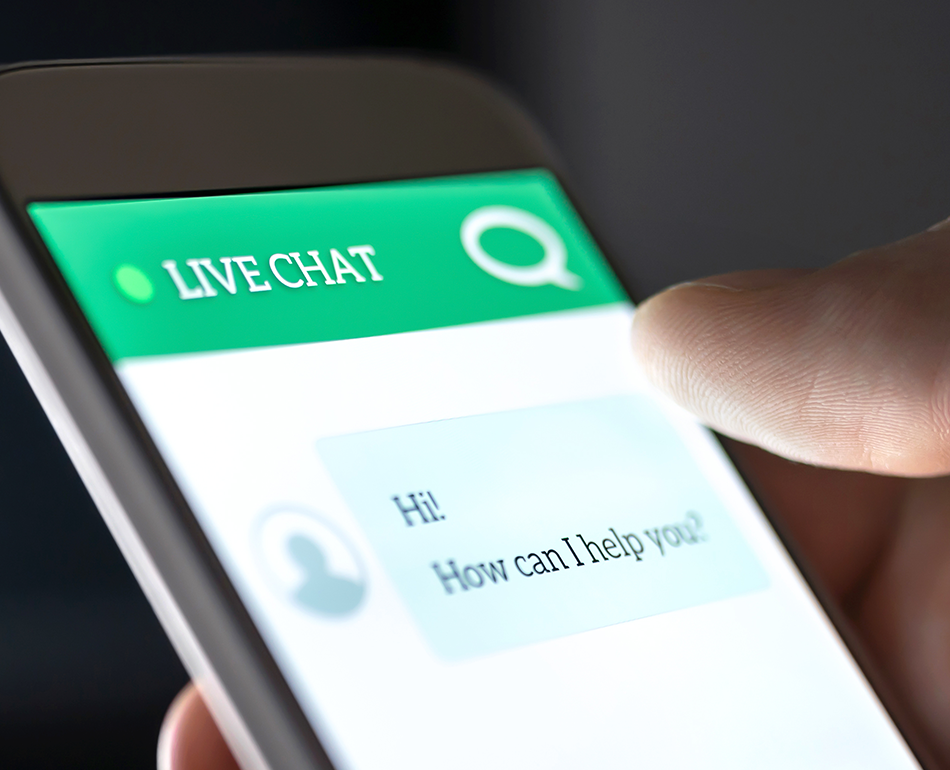If your agency already has the basics covered for clients and prospects to communicate with you by telephone, email, website, social media, and text, consider adding live chat or a chatbot to your customer service mix. Which one is right for you?
When done correctly, chat technology can be a win/win for both your agency and your clients. Chat allows your website visitors to connect with your business using a digital channel that has largely been embraced as standard fare. By using live chat or chat bots as a first point of contact, agencies can meet the preferences and expectations of their clients in an efficient manner while moving prospects further down the sales funnel.
If this sounds like a no-brainer, not so fast. Before taking the leap, some consideration must be given to selecting which chat technology is right for you (or both), how it will be implemented in a manner that improves customer satisfaction, and finally – what will the integration of chat with your agency’s operational strategies look like?
What is the difference between a chatbot and live chat? While they both conduct online conversations, live chat requires a human attendant while a chatbot uses artificial intelligence (AI) to translate customer queries and can be trained to respond to basic questions and concerns.
Because there is a real human behind it, live chat enables agents to respond contextually, sense emotions and handle complex inquires. However, it does require a staffing commitment– a real consideration if the intent is to meet customer expectations, including 24/7 service with minimal wait times.
One of the biggest benefits of chatbots is the ability to operate without human help, freeing up resources to handle more complex matters. Chatbot software also provides accurate reporting on everything from the number of sessions, to what percent of your website visitors engage with the chatbot and how well it is achieving its purpose. While chatbots can be counted on to respond quickly anytime, day or night, if your agency is built on solid relationships, a tone-deaf robotic response to a person looking to solve their problem runs the risk of turning into a negative experience.
Some businesses have found that using a combination of live chat and chat bot works well, allowing visitors the option to be transferred from the bot to a live attendant if they are not able to have their needs met after one or two qualifying questions. Regardless of what chat technology is in use, there should always be built-in functionality for a transfer to a call or appointment to handle more in-depth service needs.
Does the Software Meet Client’s Expectations?
Having no experience in chat is better than a bad experience. Before making the investment, make certain the software will deliver a quality interaction, and that you are able to commit the time required for testing and troubleshooting. Check to see that all functions are working, and automatic responses are appropriate to any questions asked. Whatever chat technology decision you choose, avoid a “set it and forget it” approach. Frequent examination of how your web visitors are interacting with chat can lead to modifications and improvements of the overall customer experience.
